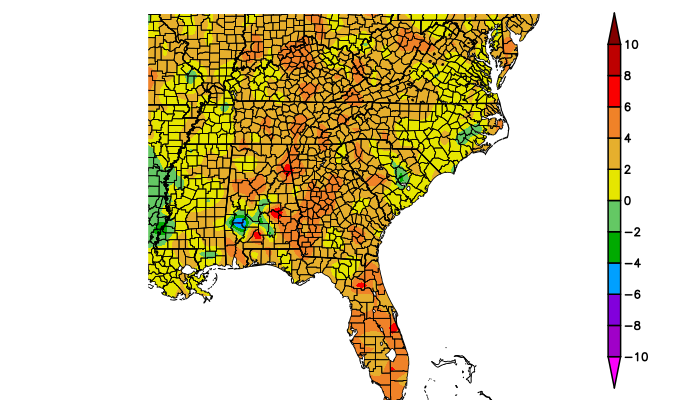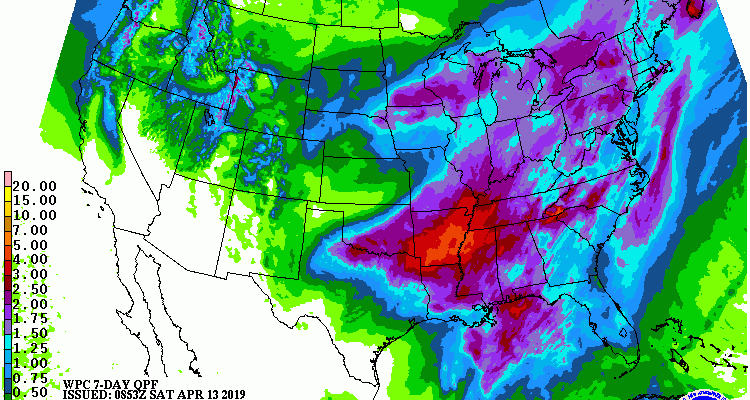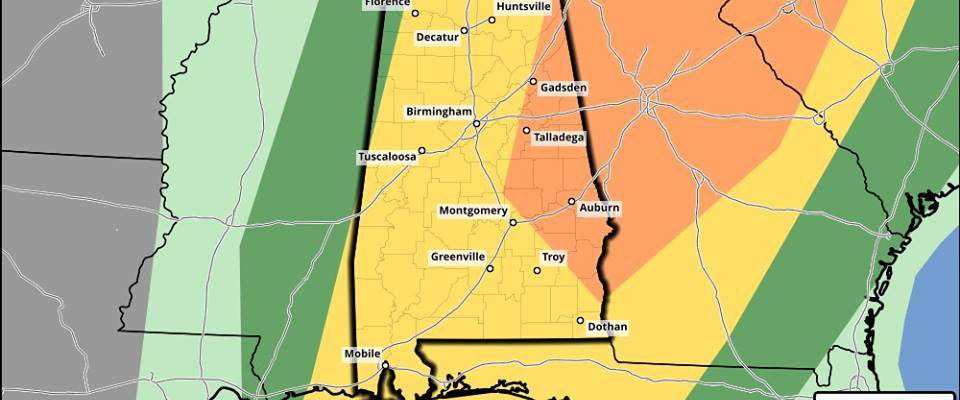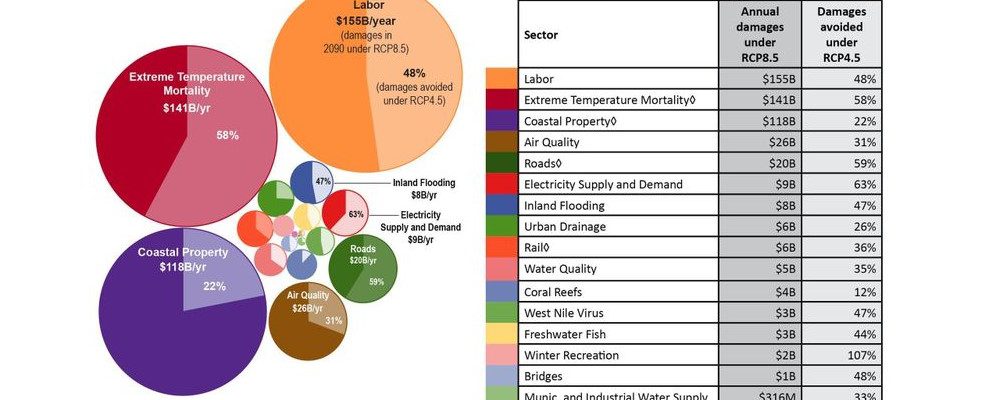-

So far this month our temperatures have been well above normal across most of the Southeast. Precipitation has been more variable but has generally been near but a little above normal. The remainder of the month is expected to continue to be warmer than normal but should shift towards drier conditions.
Posted in: Climate summaries -

In the past week many people have complained to me about how much pollen there is in the air. It should go down over the weekend as rain, especially on Sunday, should temporarily reduce pollen loads by washing it to the ground. We are in the transition from tree pollen, which is ending, to more…
Posted in: Climate and Ag in the news -

The latest 7-day QPF map shows that nearly all of the Southeast should get an inch or so of rain this week except for the southern tip of Florida. This is likely to keep the drought from expanding in next week’s Drought Monitor map. We should see a lot of that this weekend with the…
Posted in: Climate outlooks -

It’s spring, and so it is no surprise that we are expecting severe weather this week ahead of a strong cold front. The analysis from NOAA’s Storm Prediction Center indicates that it could be fairly widespread across Alabama and Georgia in a swatch that will move from west to east from Saturday through Sunday. If…
-

This week the US Environmental Protection Agency released a new report on the costs of the changing climate and the benefits to consumers, businesses, and others on making choices that help prevent the worst effects of a warmer climate. Some of the figures in their report were previously shown in the massive NCA2018 report that…
-

The latest Drought Monitor, released this morning, shows that moderate drought has expanded in the Southeast this week as warm temperatures and scant rainfall did not help improve dry conditions. The biggest increase in drought came in southern Alabama, where the area of moderate drought nearly doubled from last week. Dry areas in Alabama may…
Posted in: Drought -

The UGA Department of Poultry Science is hosting a workshop on April 15-17 which discusses how to keep chickens cool in hot weather. Last year over 140 people from 11 countries attended to learn the basics of chicken house ventilation and other methods to keep the flocks comfortable. You can read more at https://www.morningagclips.com/uga-department-of-poultry-science-hosts-hot-weather-management-workshop/.
Posted in: Events